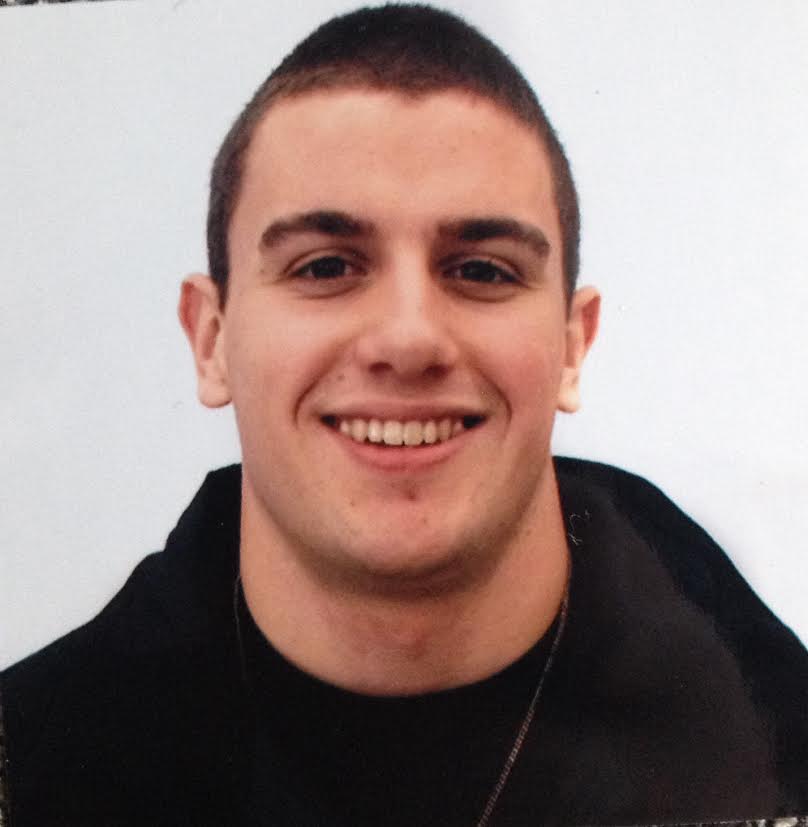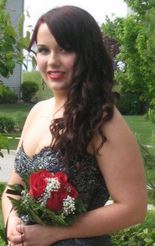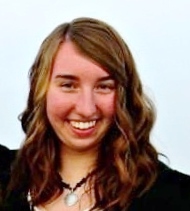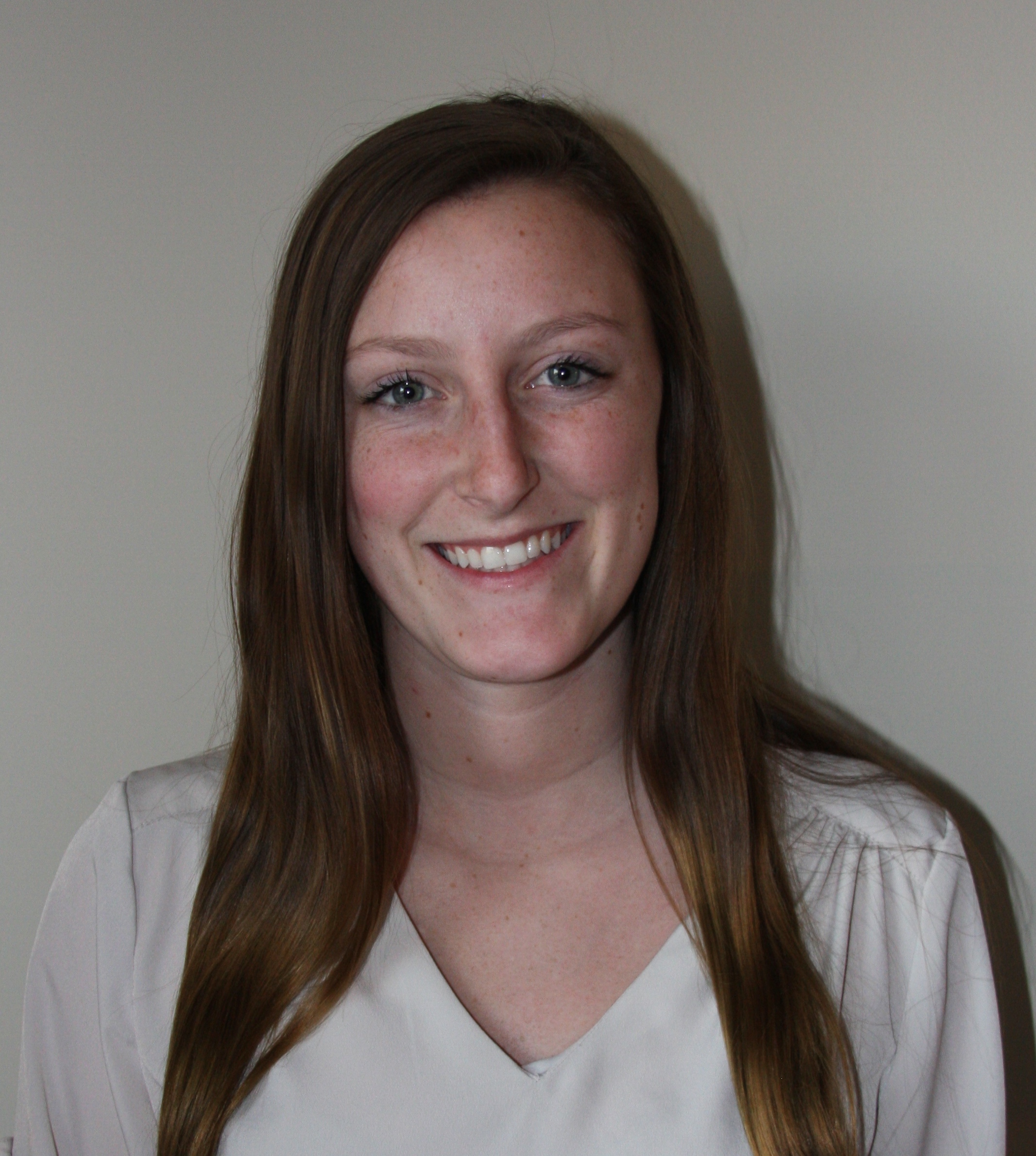Celebration of Scholars
Engineering a Lead Biosensor in Bacteria
 Name:
Janice Pellino
Name:
Janice Pellino
Major: Biology
Hometown: Glen Ellyn, IL
Faculty Sponsor:
Other Sponsors:
Type of research: SURE
Funding: SURE; Faculty Research and Development Grant
 Name:
Anuoluwapo Akeredolu
Name:
Anuoluwapo Akeredolu
Major: Biology
Hometown: Lagos, Nigeria
Faculty Sponsor:
Other Sponsors:
Type of research: SURE
Funding: SURE; Faculty Research and Development Grant
 Name:
Tiffany Burton
Name:
Tiffany Burton
Major: Biology Major
Hometown: Huntley, IL
Faculty Sponsor:
Other Sponsors:
Type of research: SURE
Funding: SURE; Faculty Research and Development Grant
 Name:
Josiah Eschbach
Name:
Josiah Eschbach
Major: Biology
Hometown: Aurora, IL
Faculty Sponsor:
Other Sponsors:
Type of research: SURE
Funding: SURE; Faculty Research and Development Grant
 Name:
Kailey Hundt
Name:
Kailey Hundt
Major: Biology/Neuroscience
Hometown: Rockford, IL
Faculty Sponsor:
Other Sponsors:
Type of research: SURE
Funding: SURE; Faculty Research and Development Grant
 Name:
Meagan Reinecke
Name:
Meagan Reinecke
Major: Biology/Chemistry
Hometown: Batavia, IL
Faculty Sponsor:
Other Sponsors:
Type of research: SURE
Funding: SURE; Faculty Research and Development Grant
Abstract
Lead (II) ions are highly toxic, especially to young children. Exposure to lead can cause damage to the brain and central nervous system in children and is associated with a number of intellectual and behavioral disorders. Despite modern regulations, many toys sold today contain unsafe levels of lead, especially those imported from countries with lax enforcement of safety standards. Currently, home detection methods are limited to commercial chemical test kits, which are expensive and unreliable when used on plastic surfaces such as toys. The goal of this project is to use synthetic biology to create an inexpensive and accurate method of detecting lead using a bacterial biosensor. Escherichia coli (E. coli) cells will be transformed with a lead-sensitive transcriptional activator (PbR), which in turn will activate expression of the reporter gene amilCP, a vivid blue chromoprotein. Using molecular biology, we have constructed the lead-sensitive detector and efforts to construct the reporter system are on-going. The ultimate goal of this project is to create a reliable lead biosensor that can easily be used in a household setting.
Submit date: March 13, 2015, 1:59 p.m.
